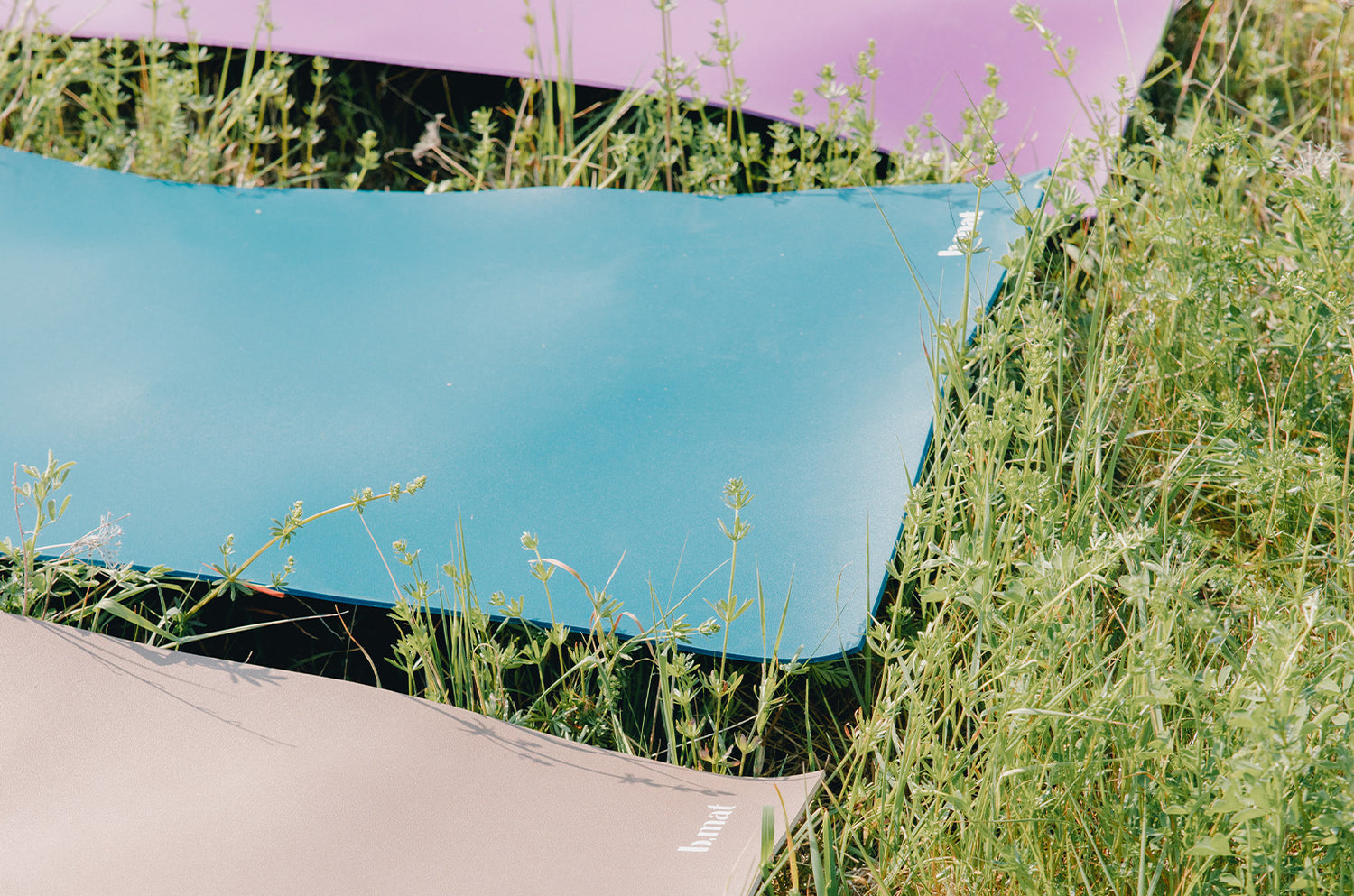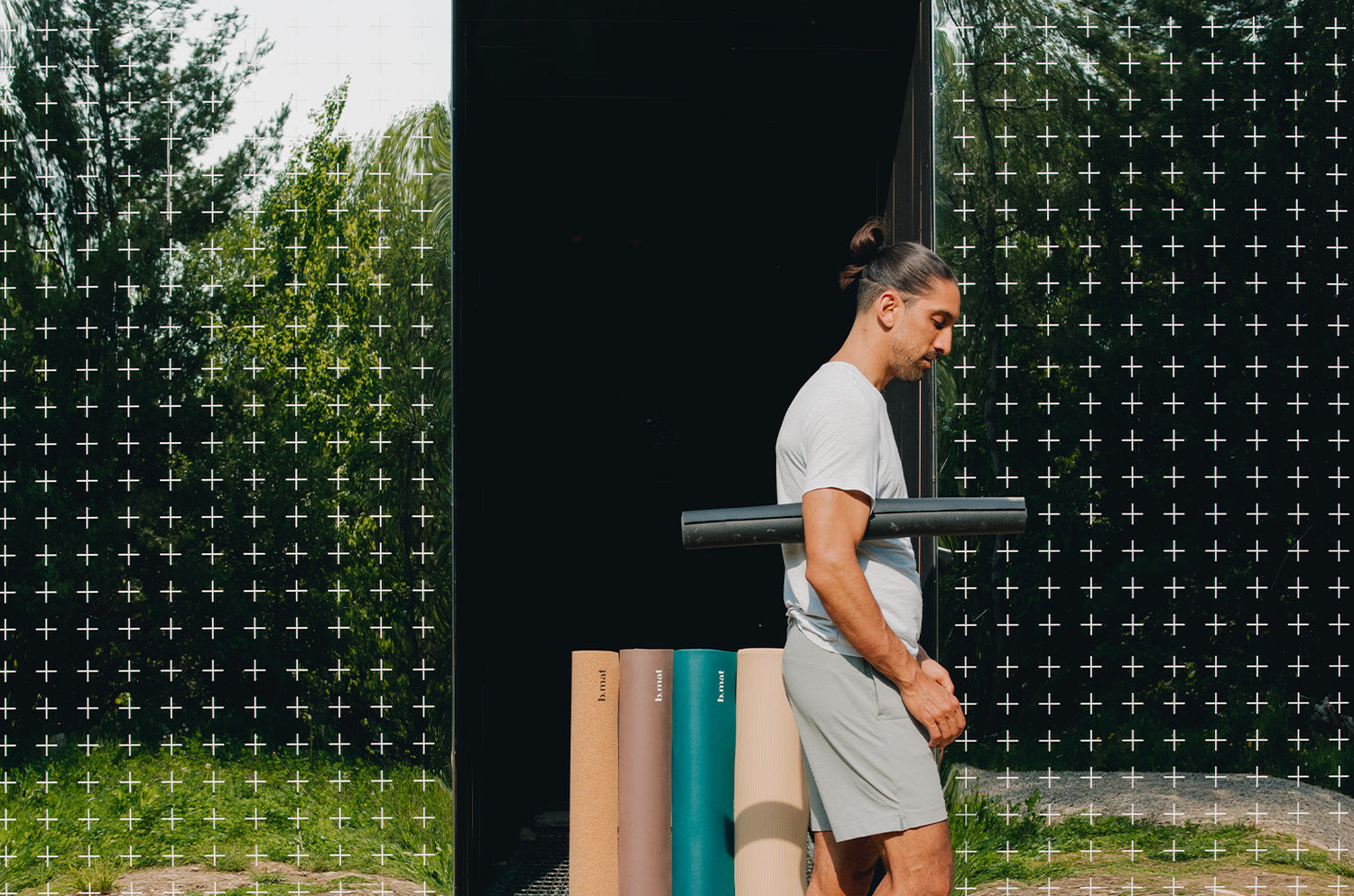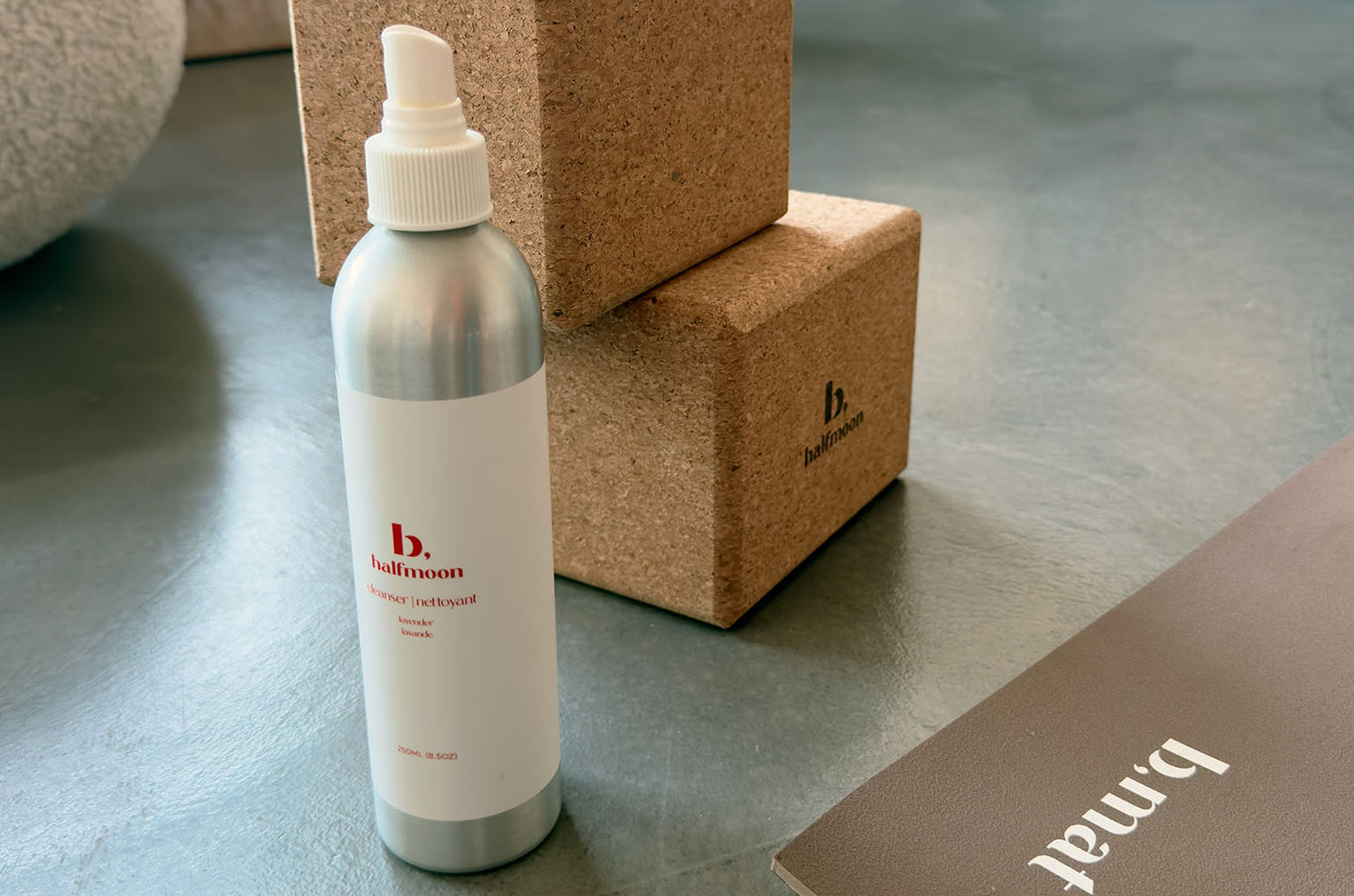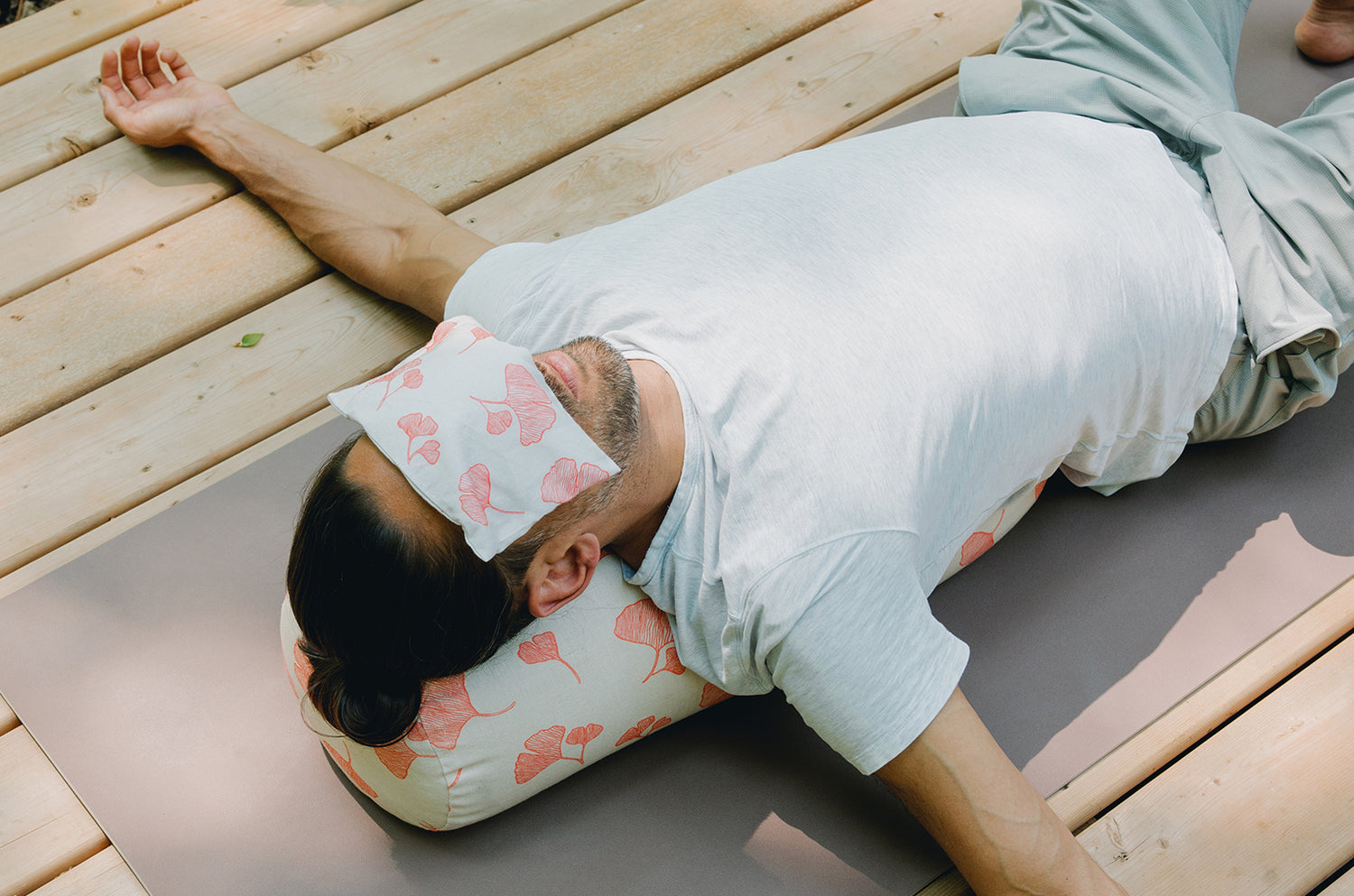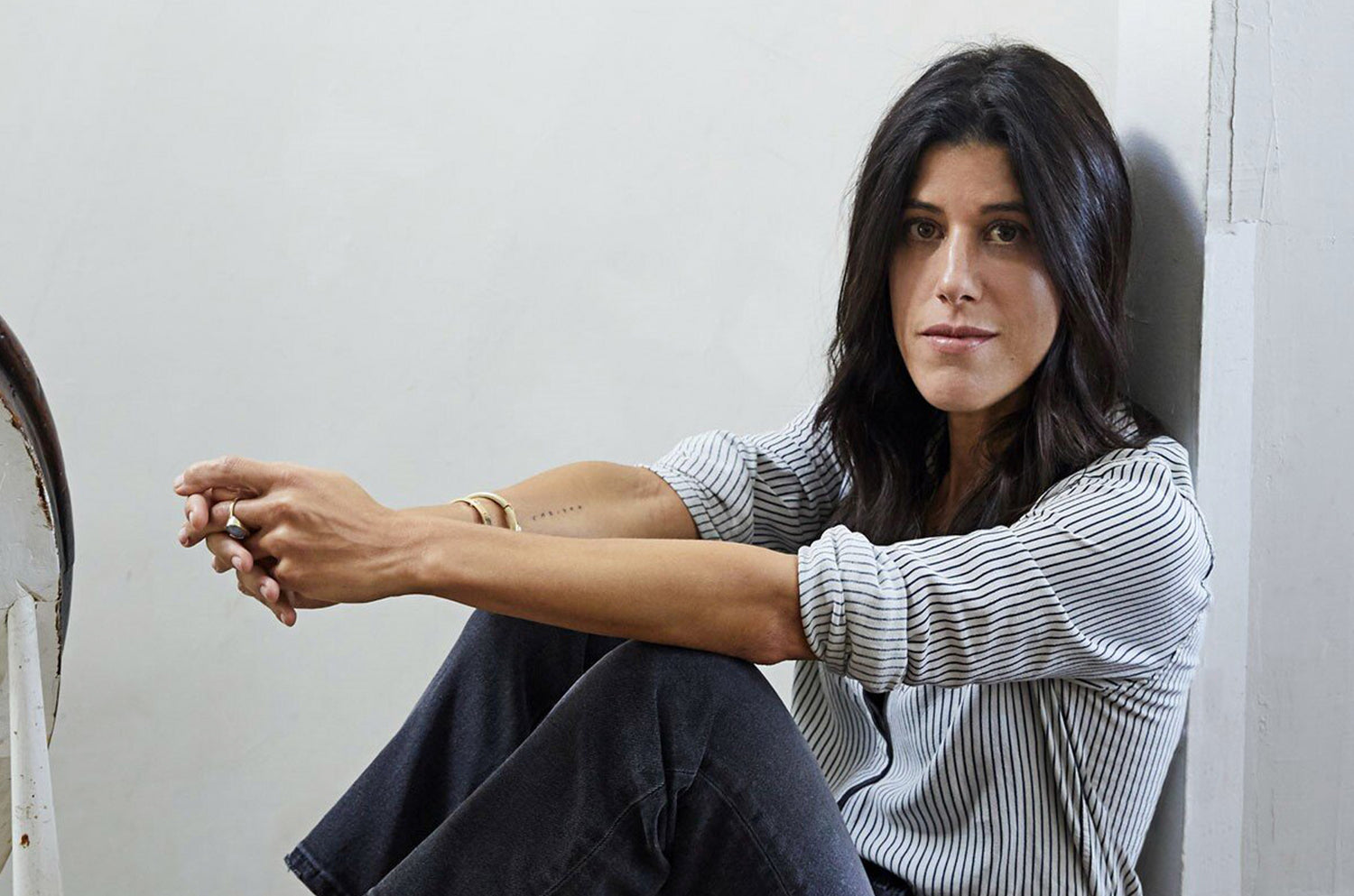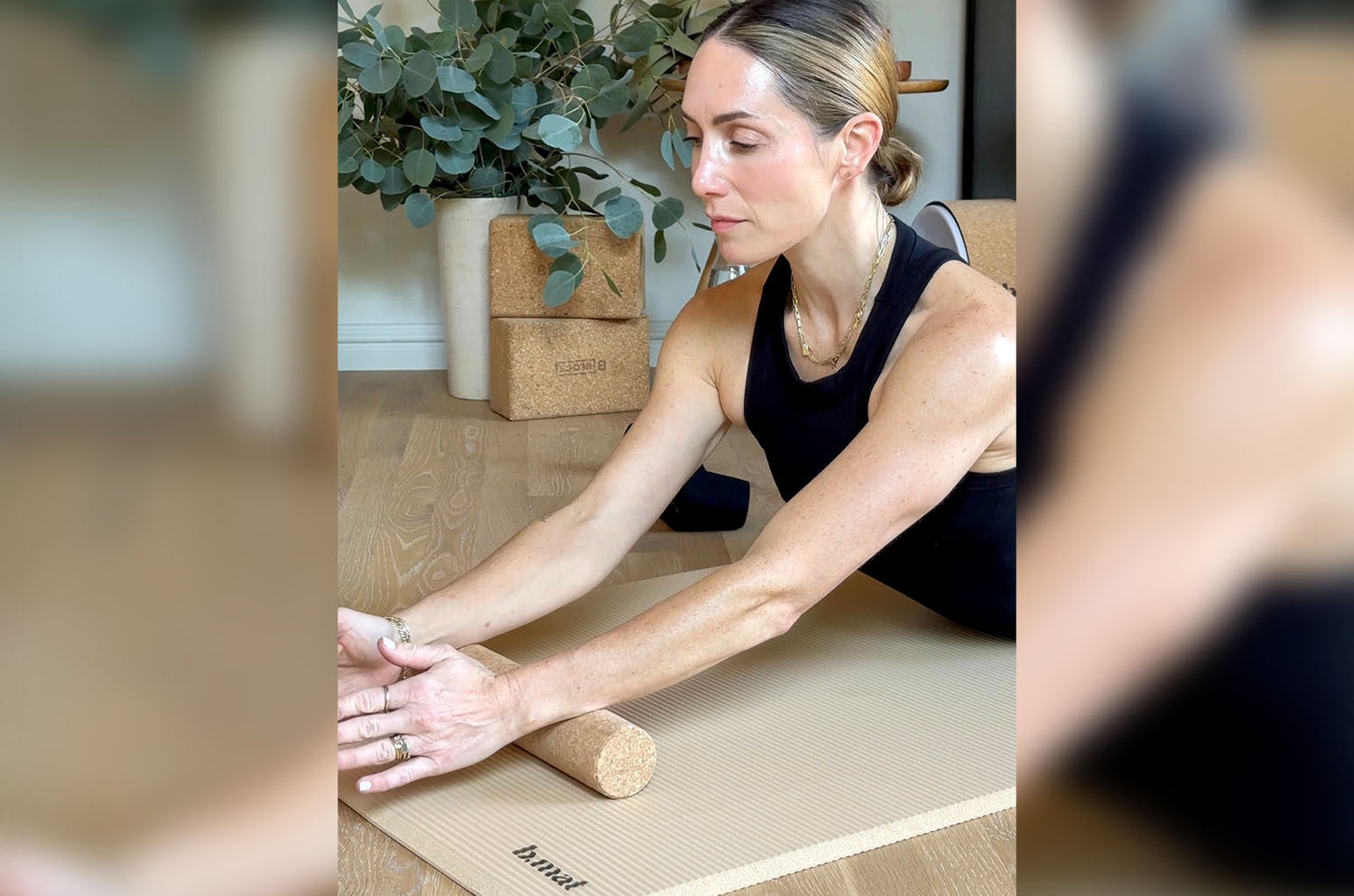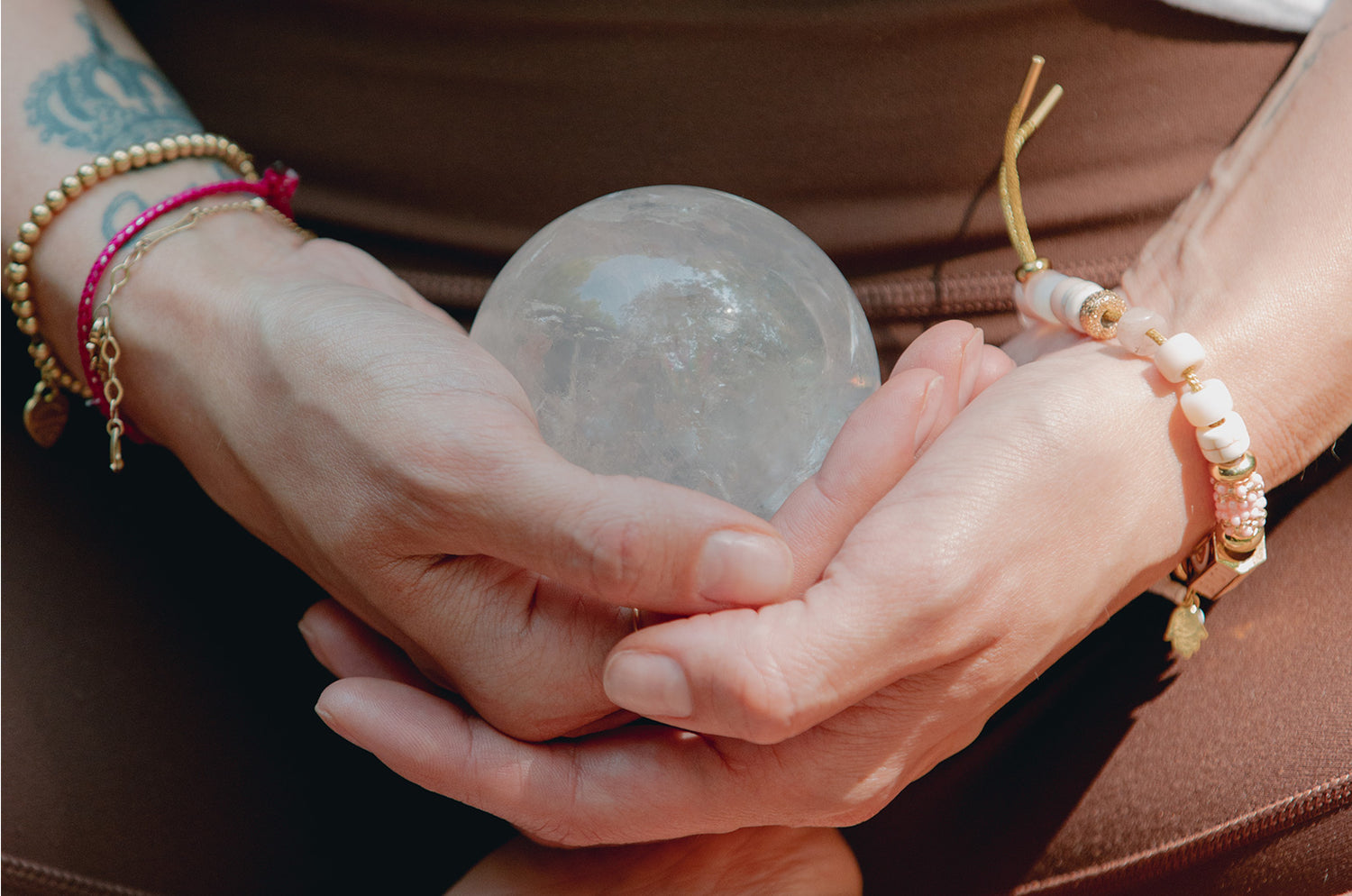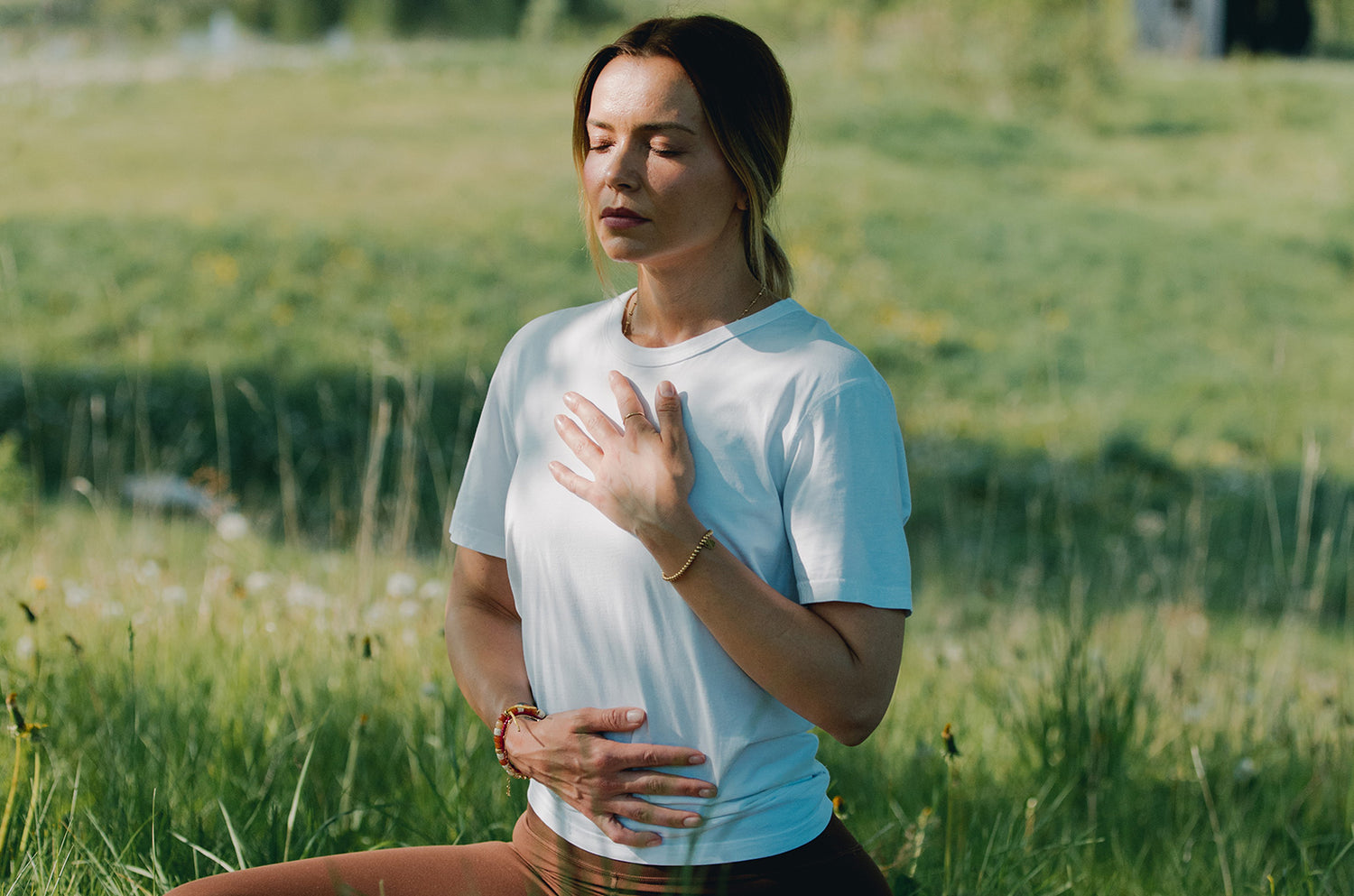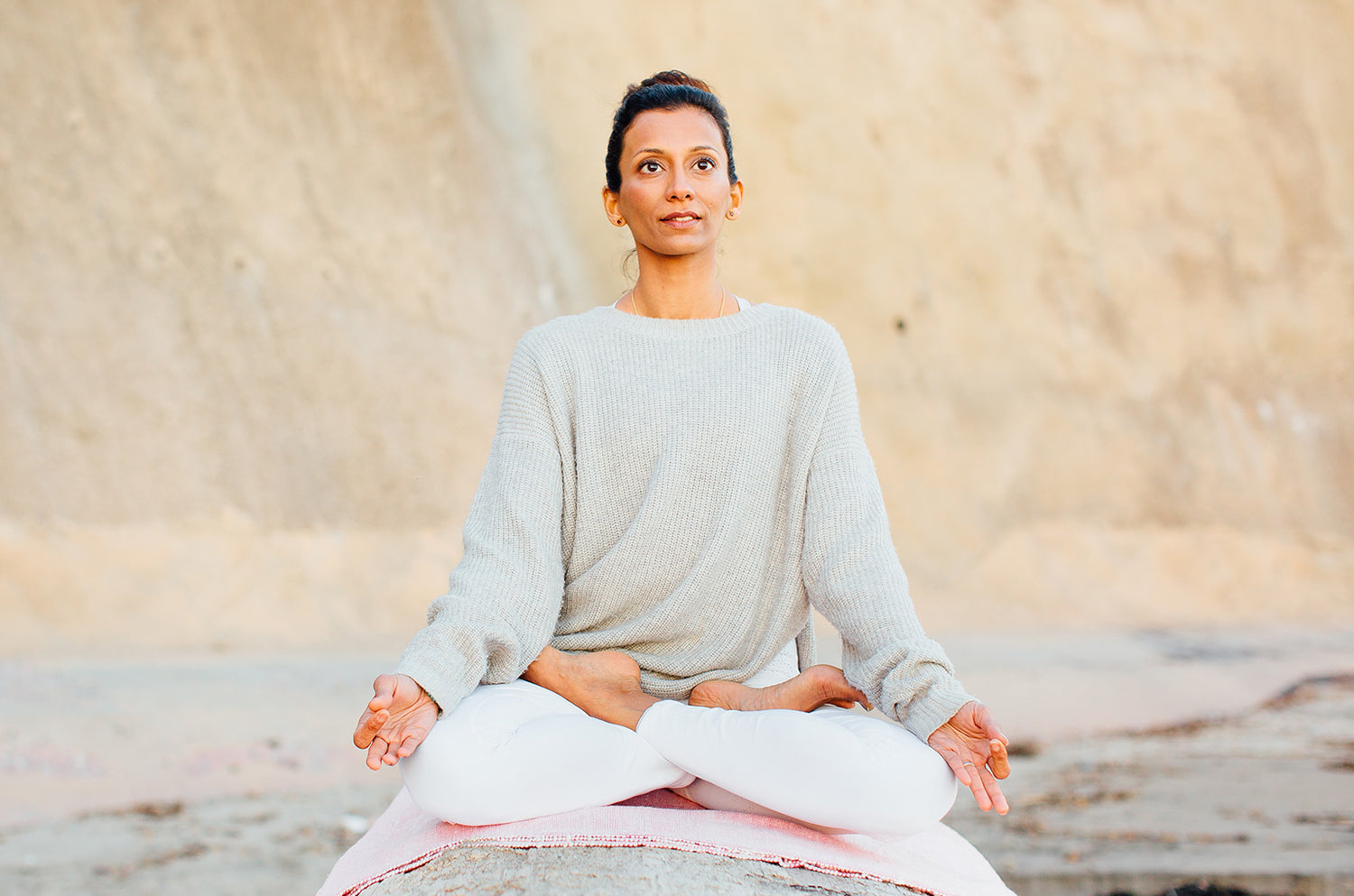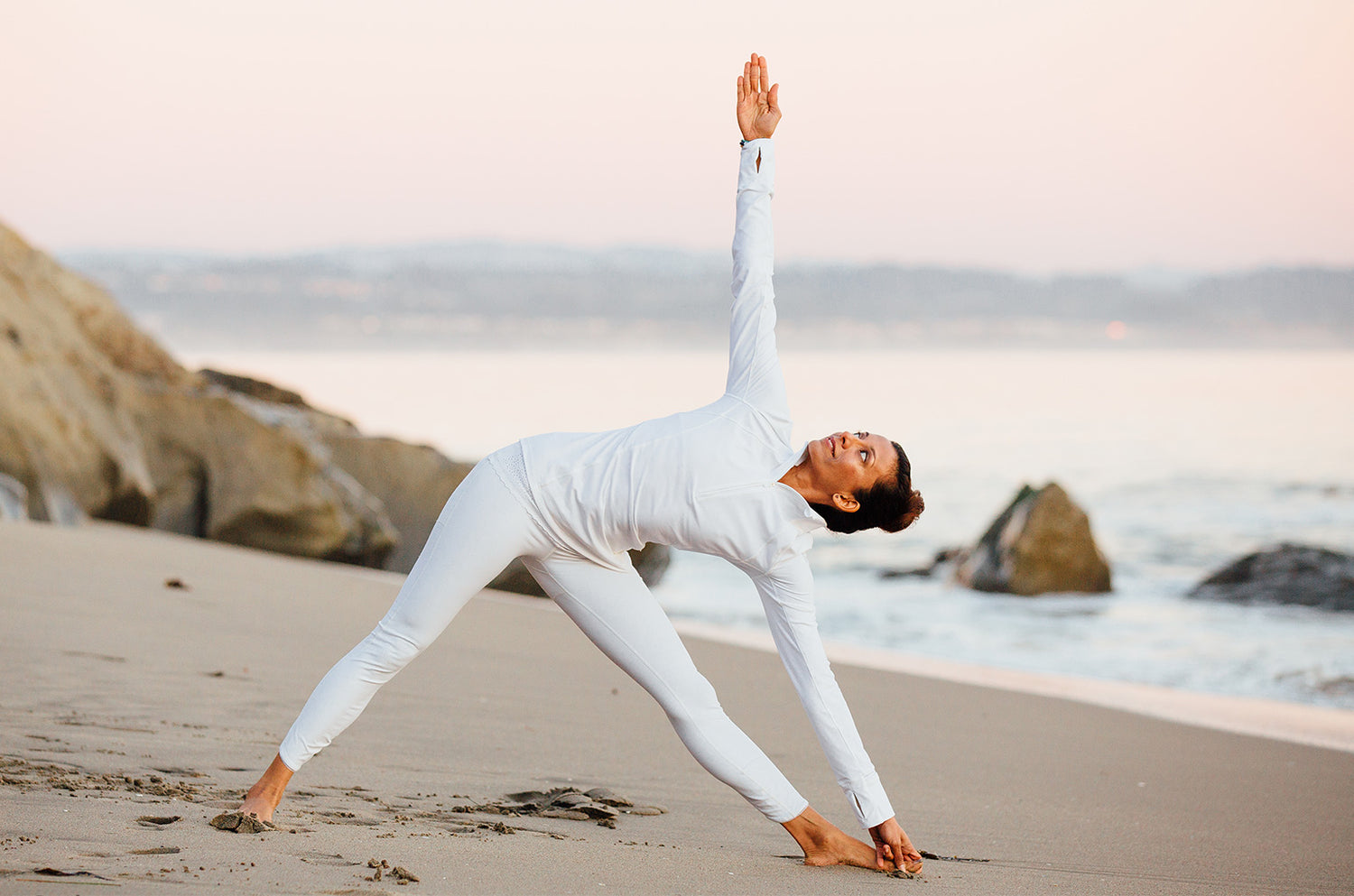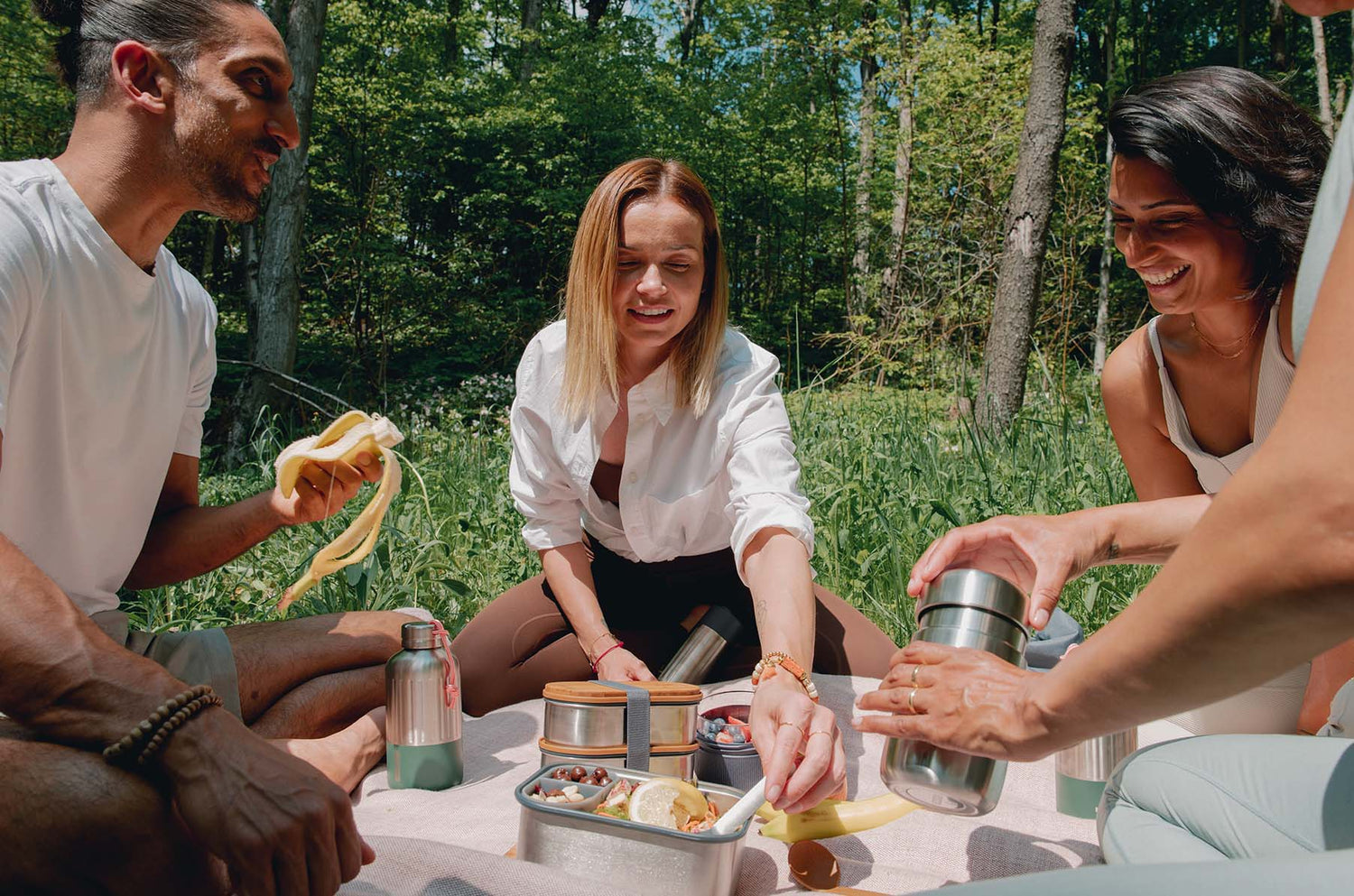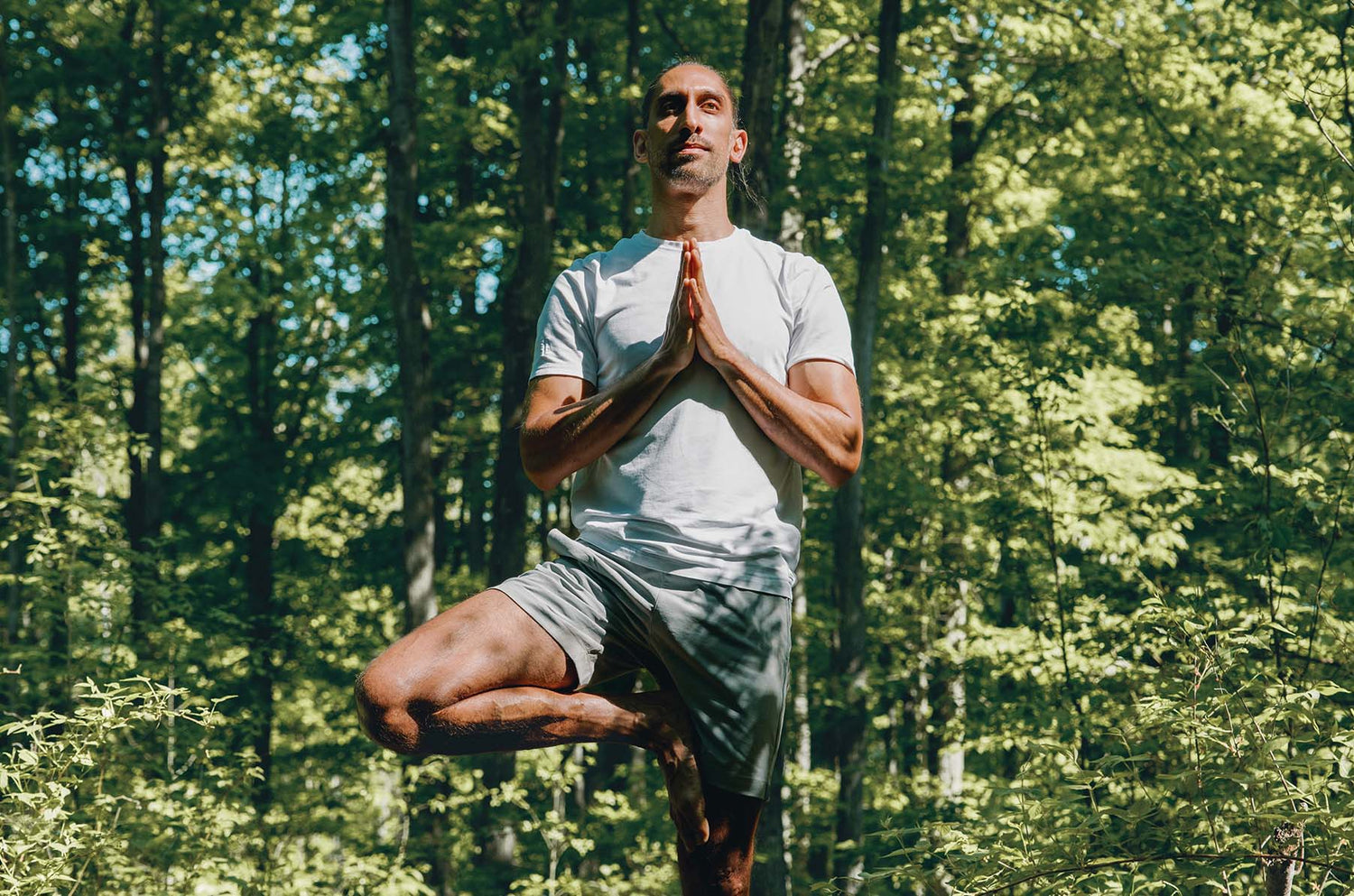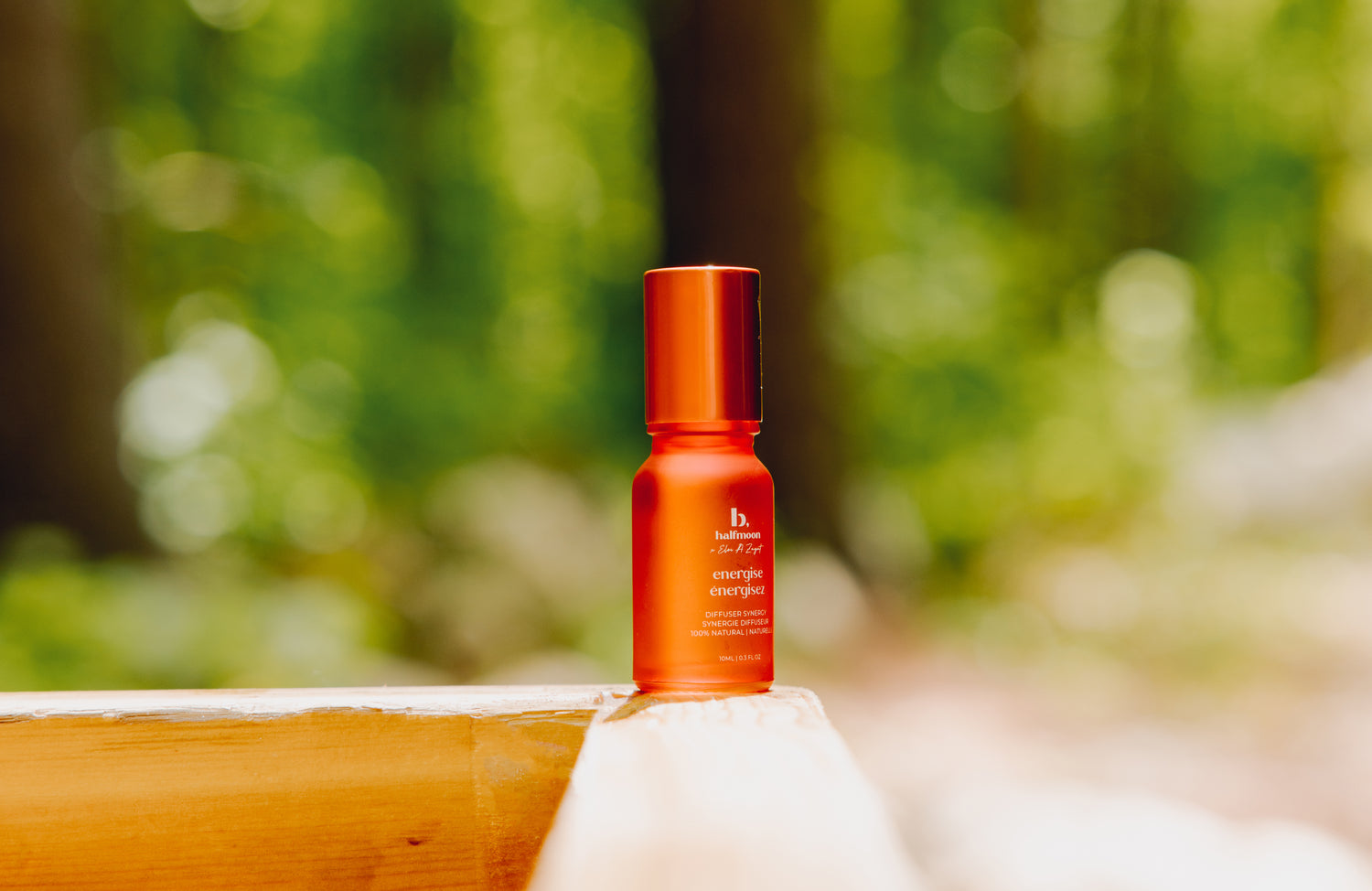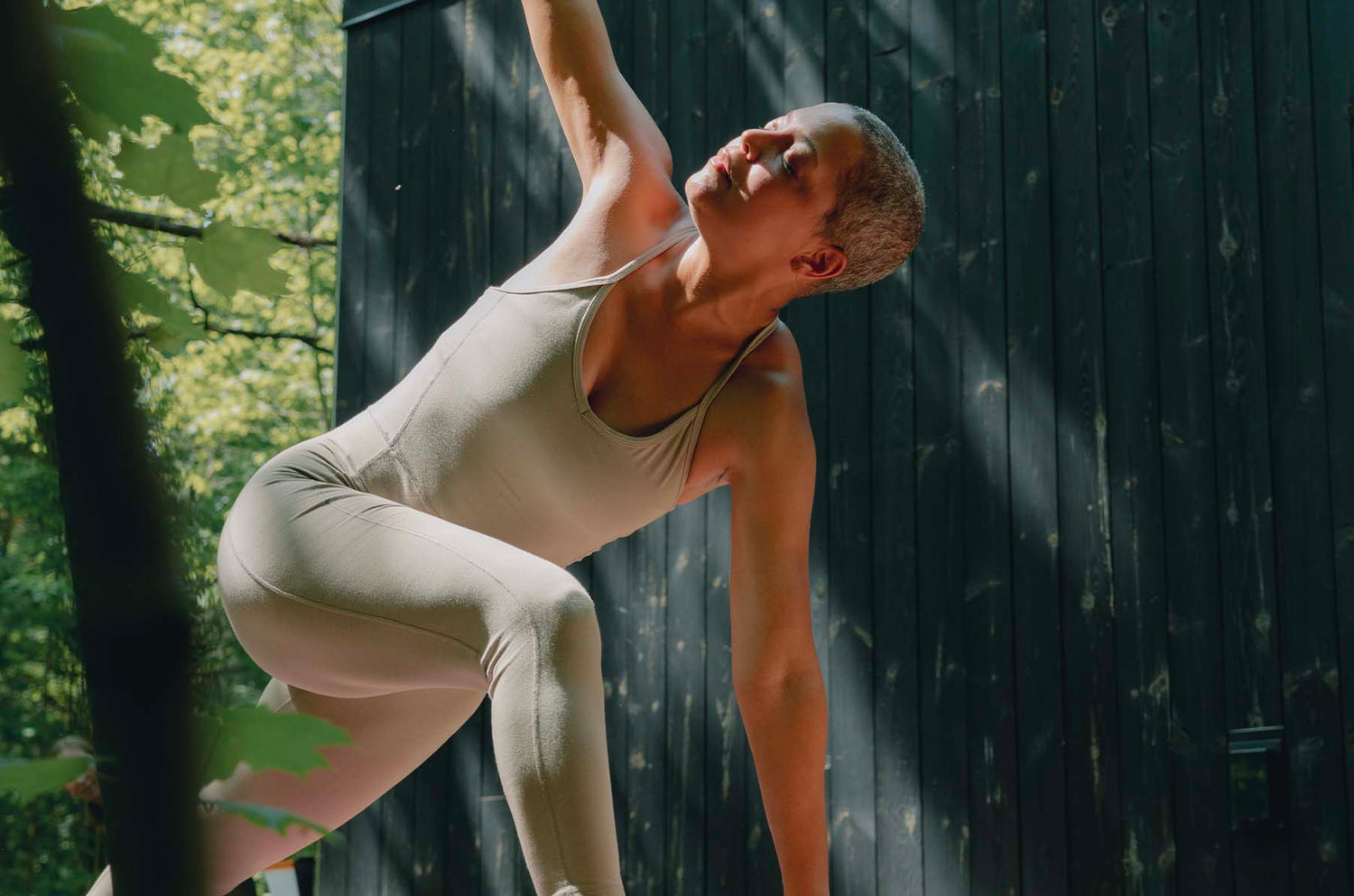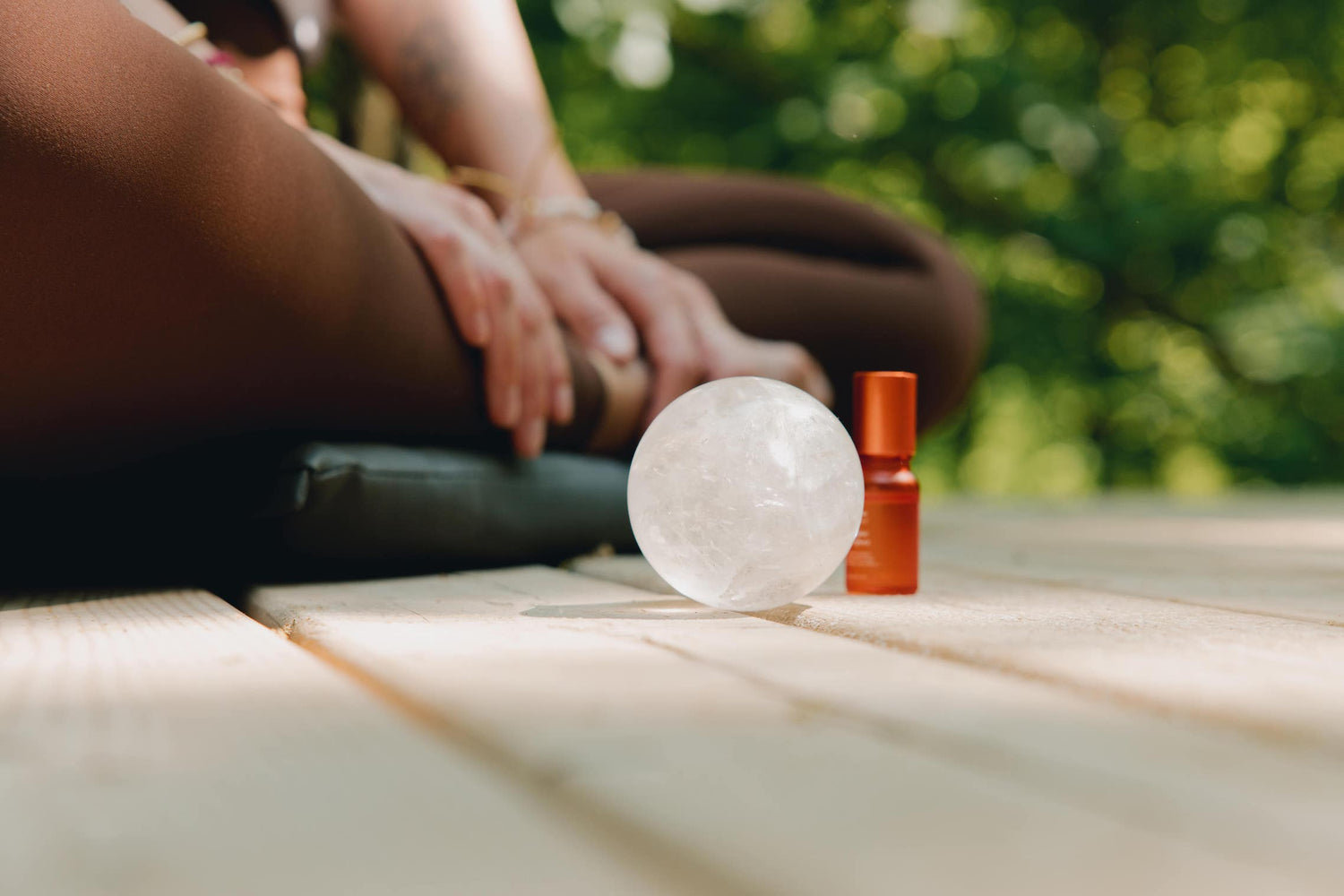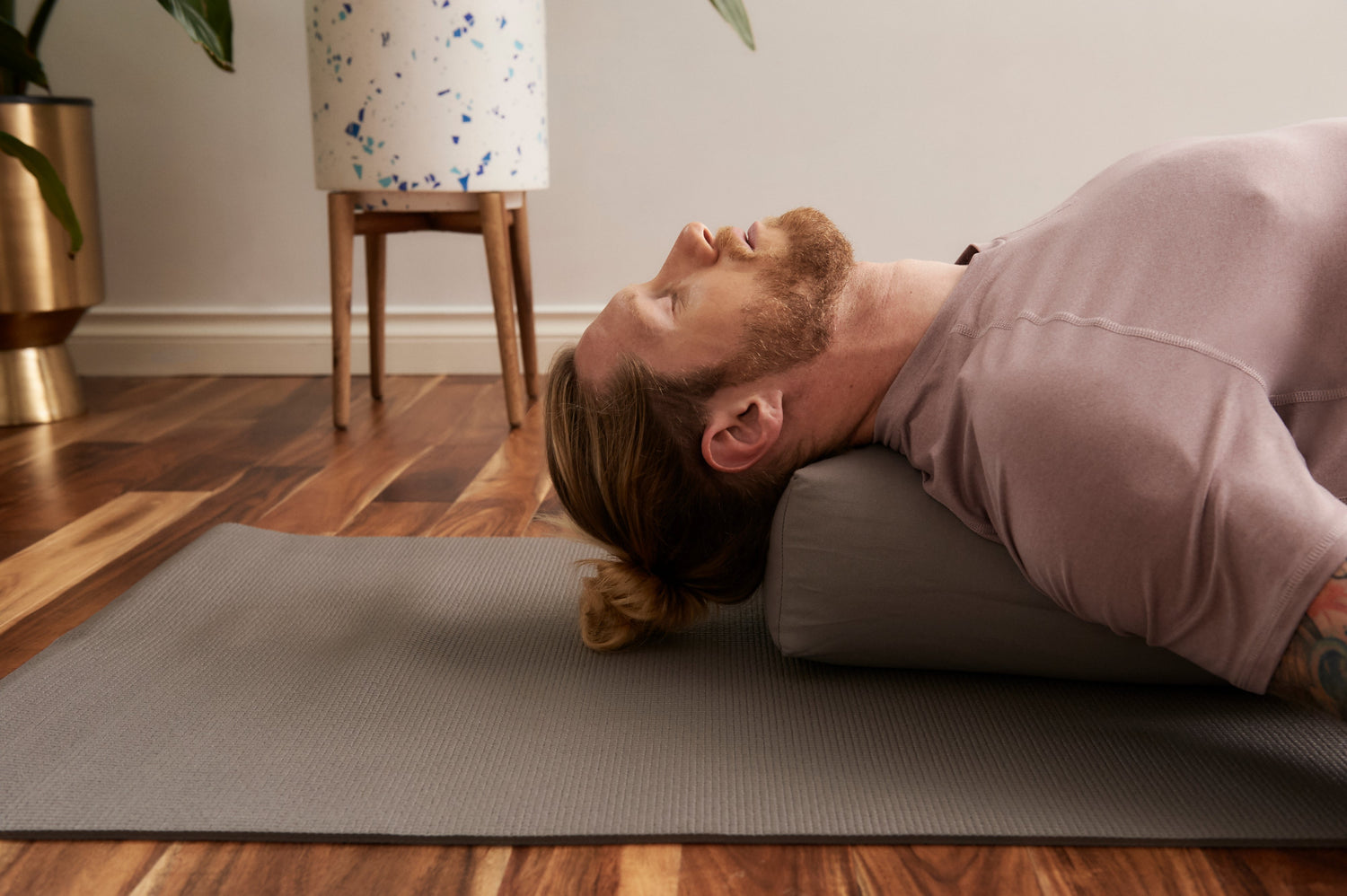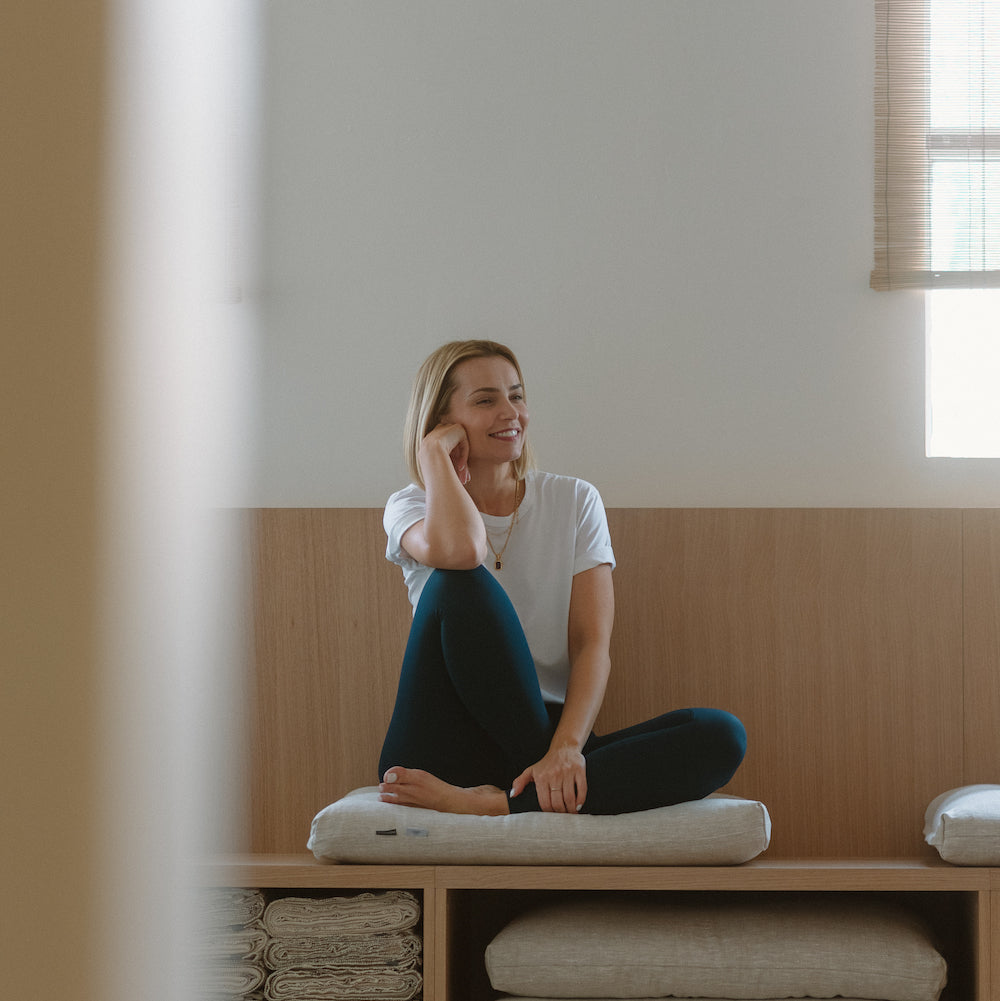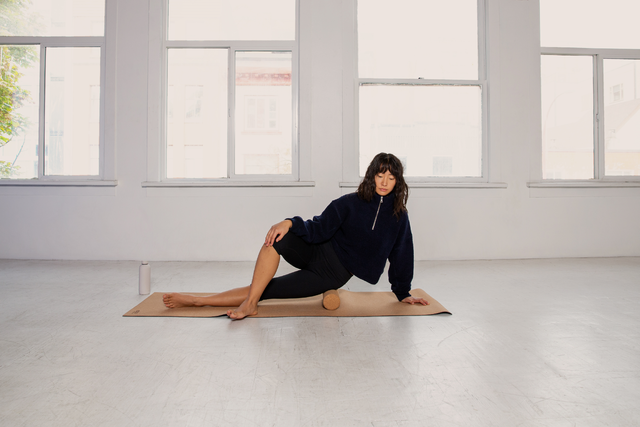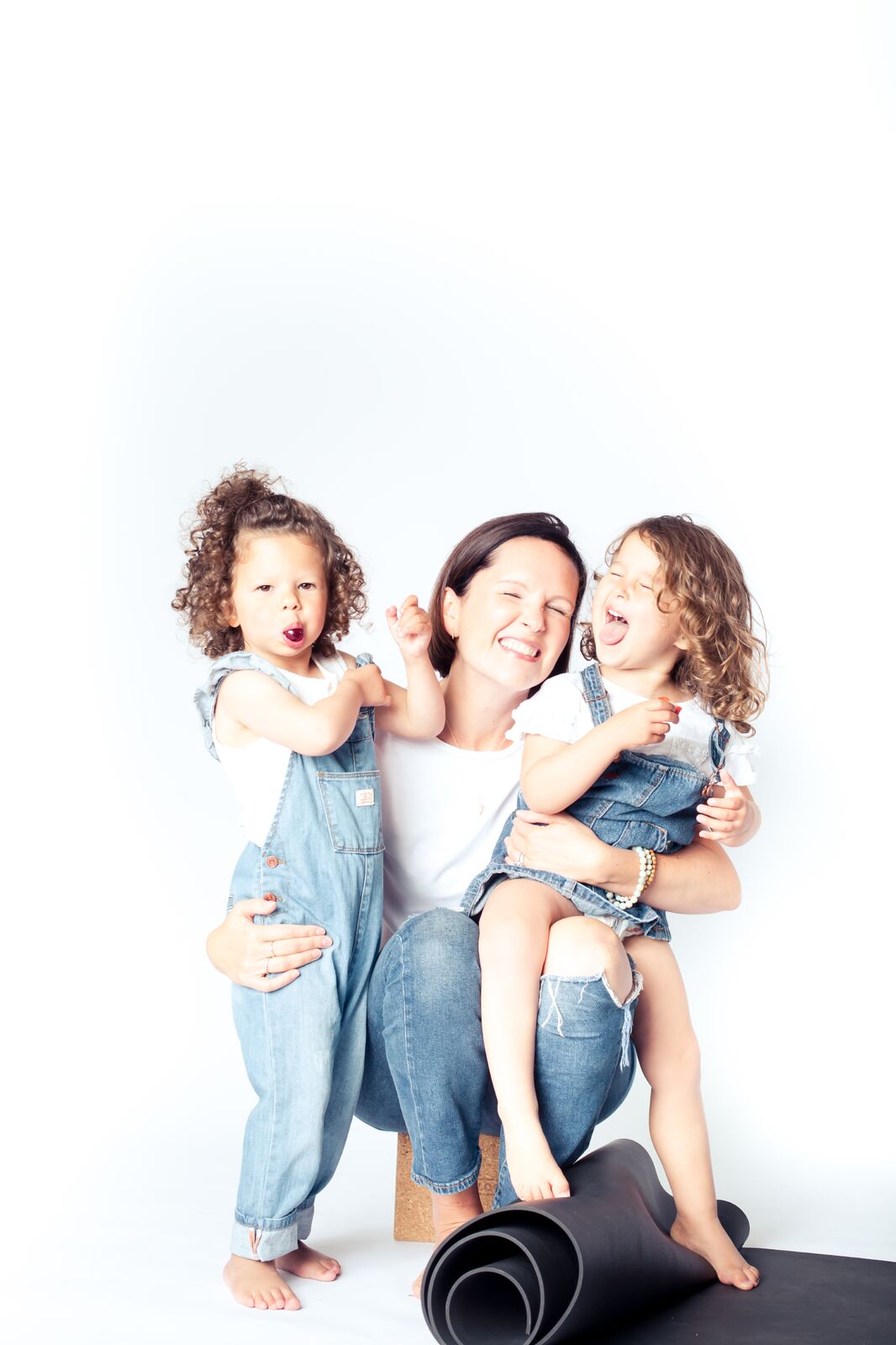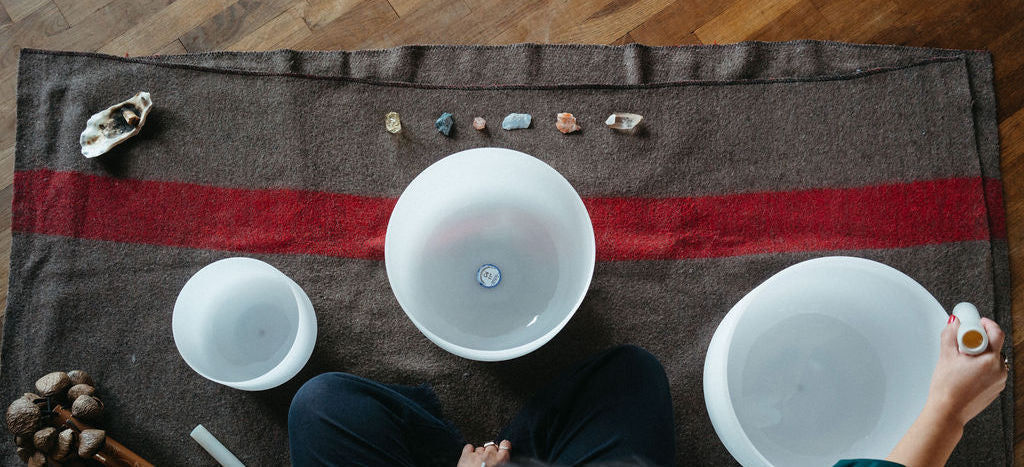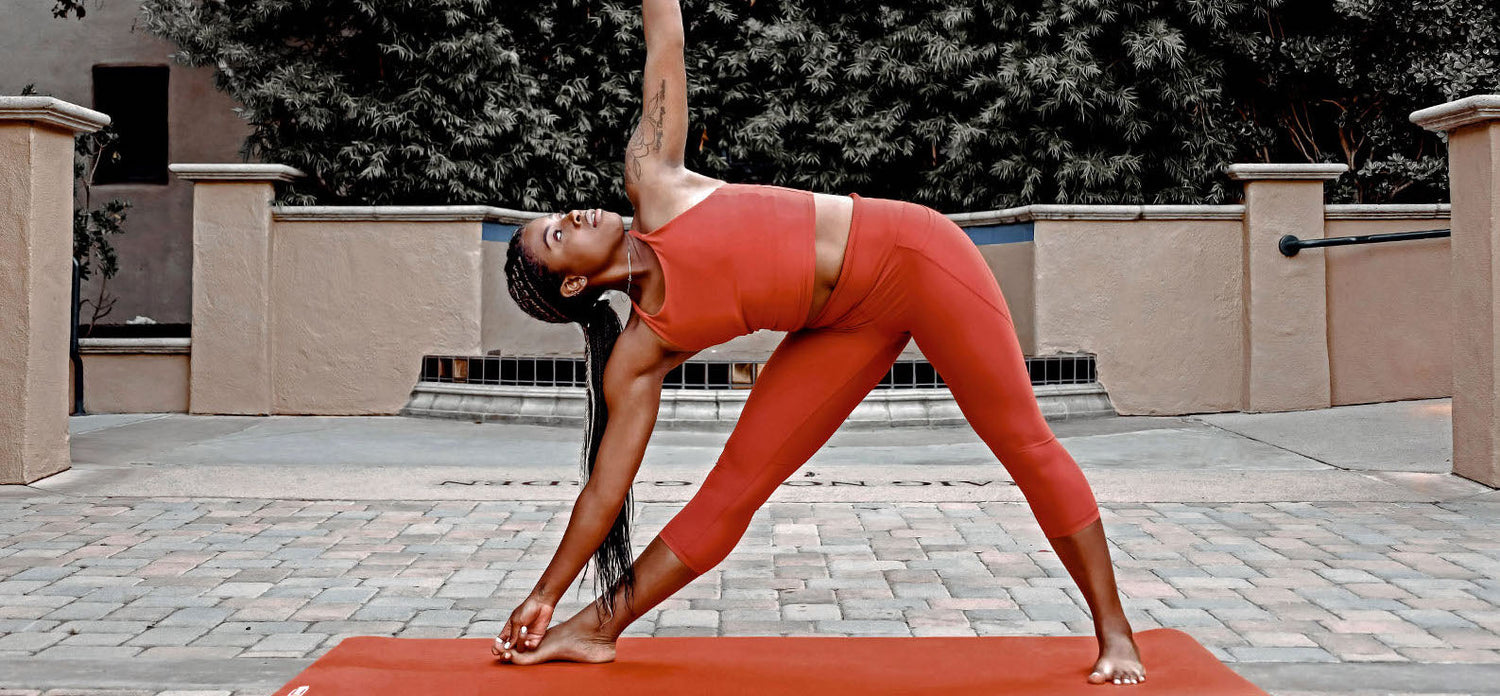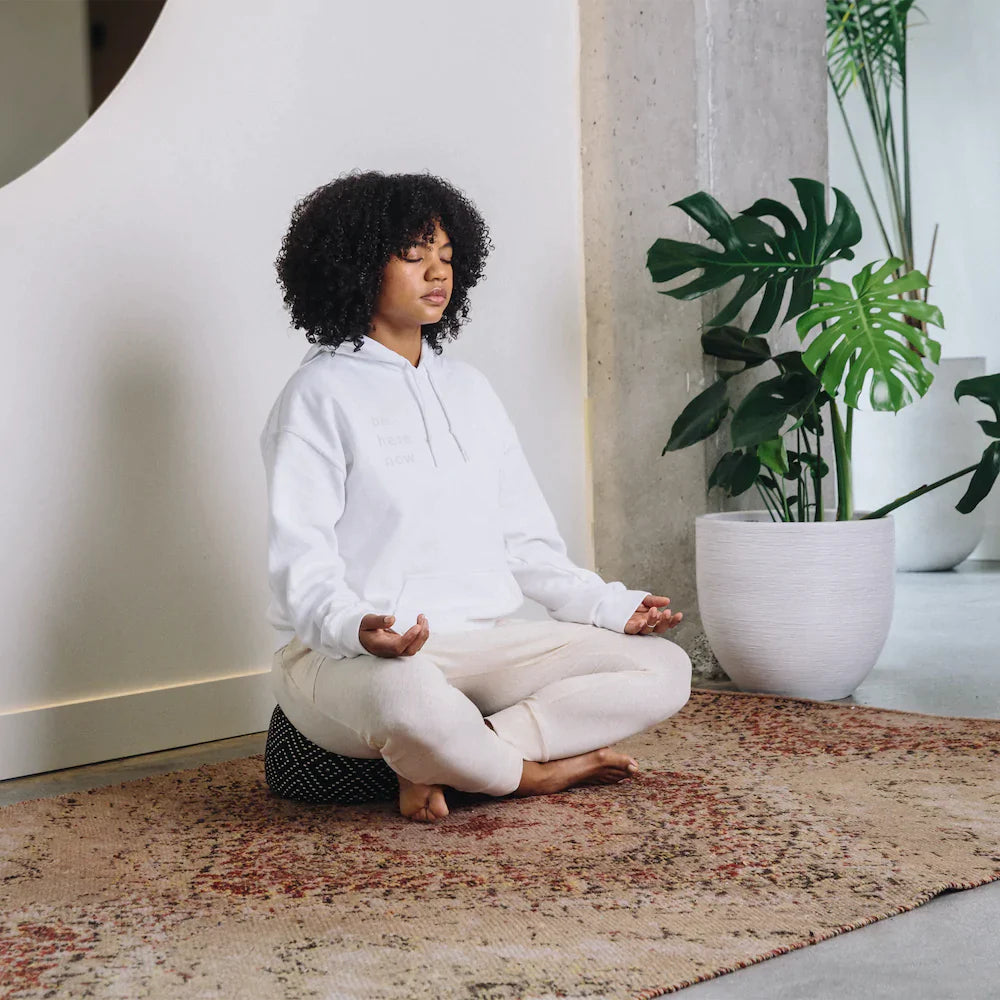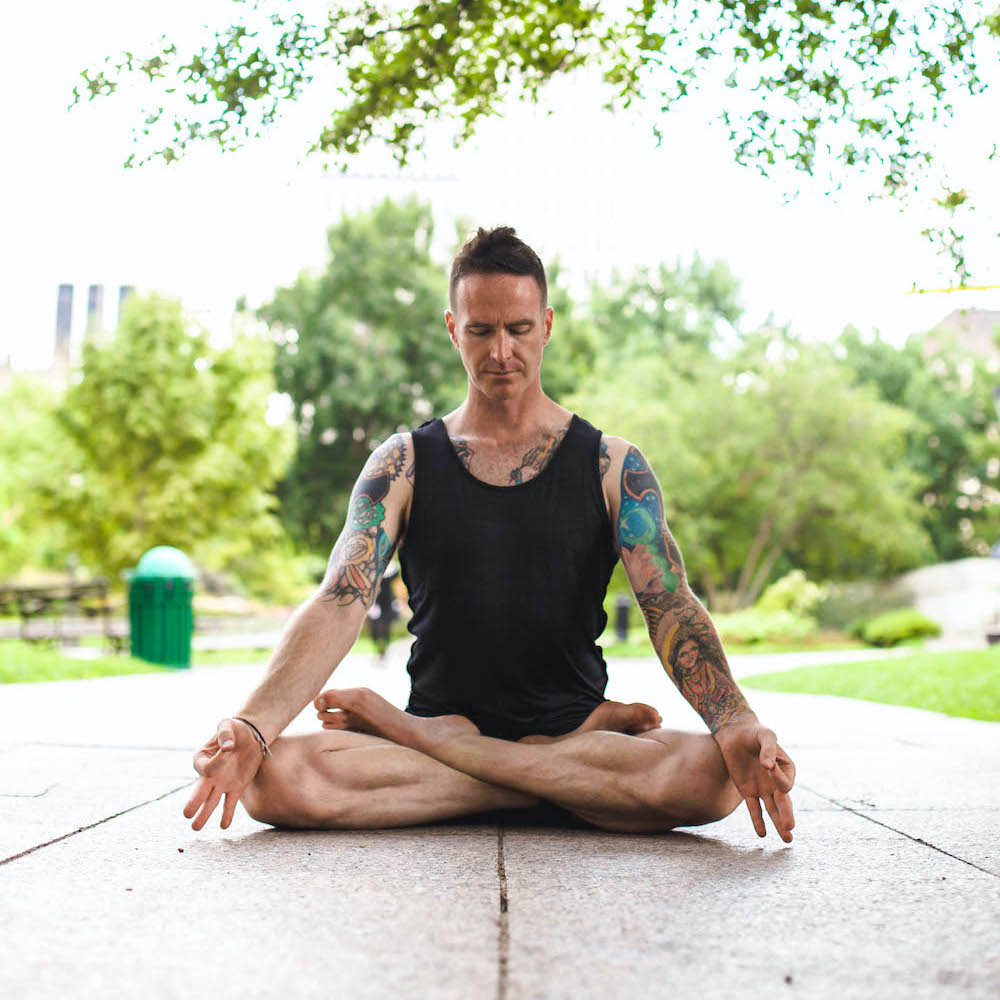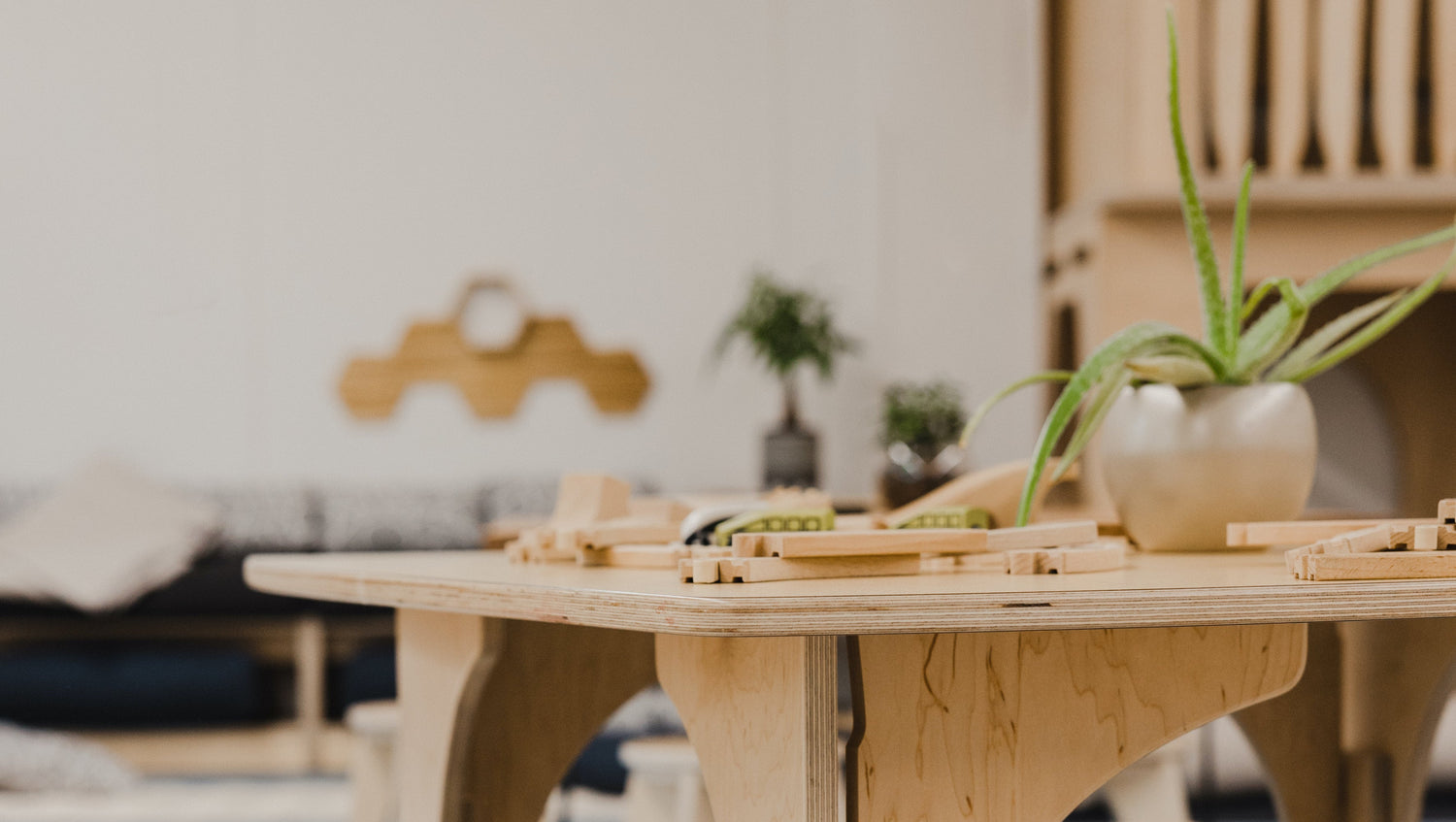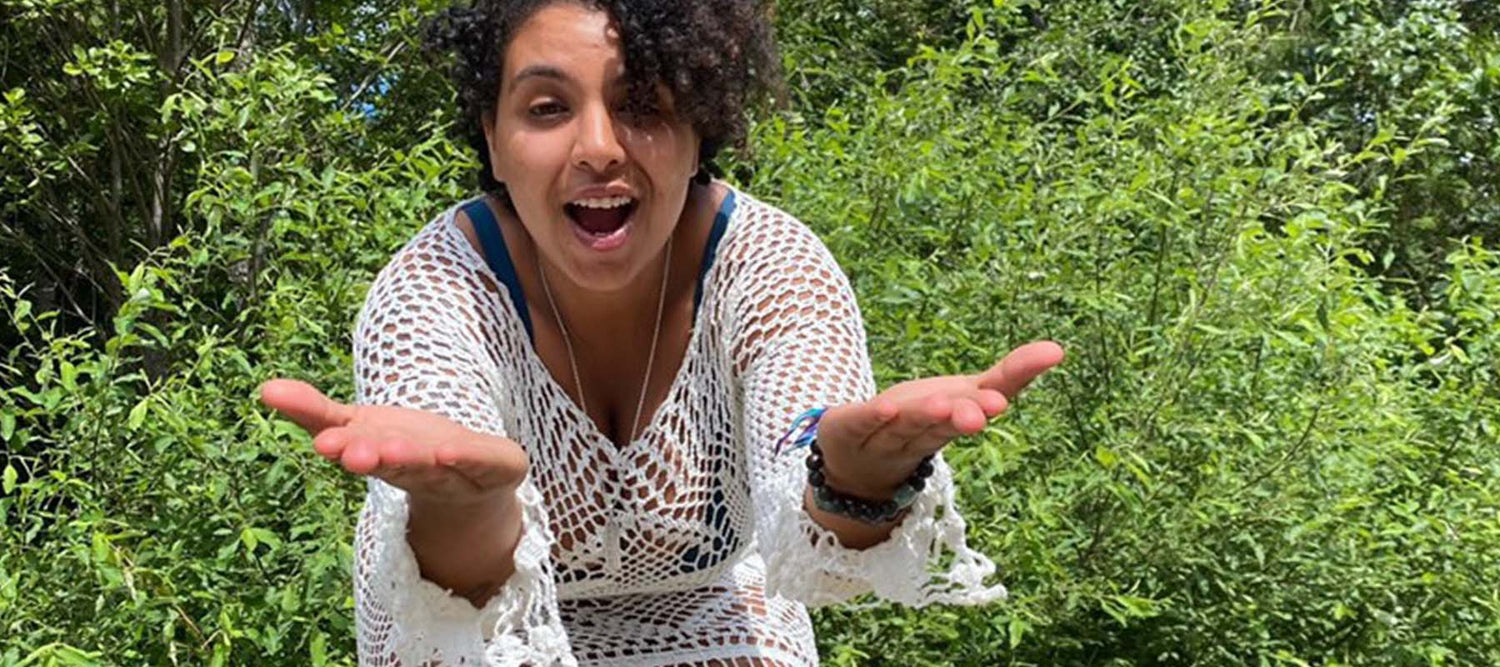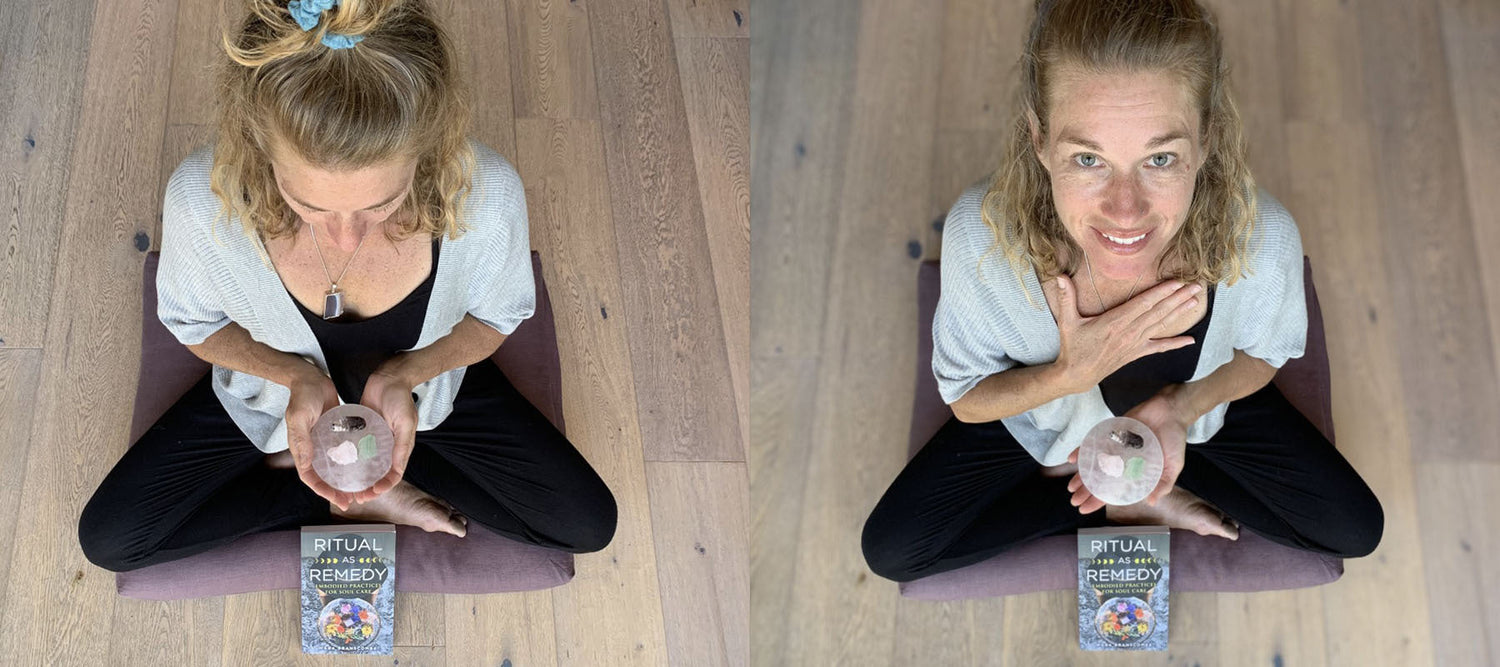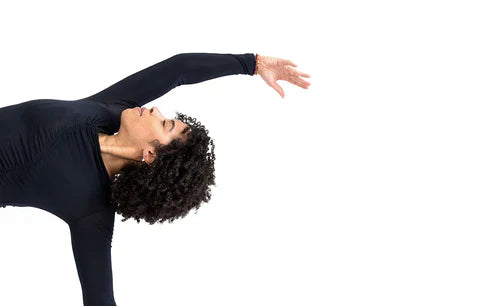How’s your down dog?
Just because it’s one of the most routine yoga poses doesn’t make it any easier to do properly. As with any pose, there’s a lot to work on.
When I’m in the pose, it doesn’t take me very long before I start getting tired and my focus goes from working my hands into the ground, rotating my elbows in, widening the collar bones, rooting through my heels and extending upwards through the pelvis, to “Holy crap, how am I going to survive this for another moment?!”
In that transition from working the pose to surviving it, we lose the benefits of being in it.
Which benefits? It calms your brain, lengthens and straightens your spine and legs, and helps open your shoulders, to name a few. But how can we spend more time developing our pose and getting its benefits, without giving in to fatigue?
By making your down dog pose a bit more passive, you can increase your duration and observe how each part of your body is working.
Here’s how to do it:
- Use a wood, cork or foam block. Or you could use a few chip foam blocks or a bolster (with blankets if needed) to turn your downward facing dog into a more restorative pose. I recommend the chip foam blocks or a bolster because they make a softer cushion for your head.
- Before you go into your pose, place the closest edge of your prop(s) of choice in the middle of your mat, below your elbows. When you take your full pose, the prop should be in position for you to rest your head into. You may have to come down and adjust your prop so it’s in the right place.
- Your head should rest firmly on the prop when you relax your neck into it. If your head doesn’t make a firm connection, come out and add more height until it does. Your ears should be roughly in line with your upper arms. If they’re closer to the ceiling than your arms are, reduce the height of your props. The ideal you’re looking for is for the neck to be relaxed yet elongating into the prop(s), giving you that classic yoga push-pull opposition between your head and your pelvis.
For even more feedback, you can do the same pose pressing your heels into a wall. This will energize your legs and send your pelvis higher as you work with the push-pull action between your heels and your pelvis, and between your heels and your hands.
Happy exploring!
Che Nolan is a propologist with a major in bolsterology and an Iyengar yoga practitioner with a daily meditation practice. He is also a writer and a regular b, halfmoon contributor.











